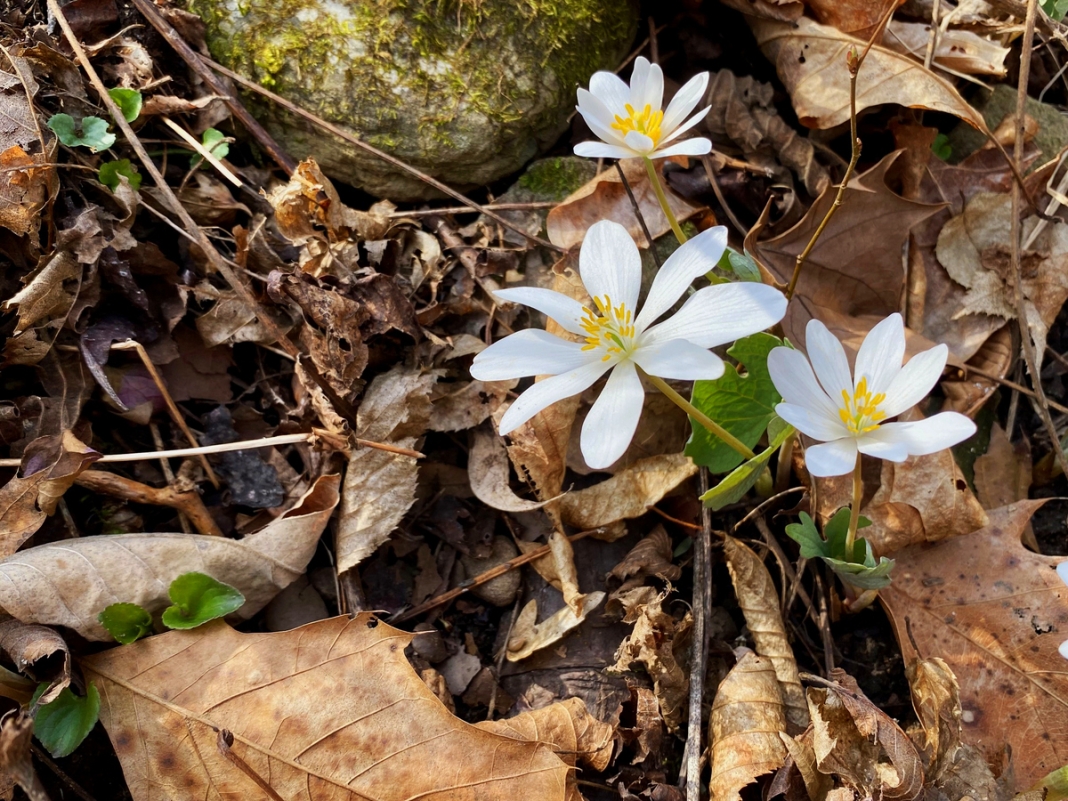West Virginia was once among the world's chief exporters of glass, supporting more than 400 factories through the 20th century. Now, only a handful of manufacturers remain, though its glass museums and exhibits are growing as destinations for collectors.
What circumstances caused West Virginia to excel, and why did the industry wane? Historians say three factors may have combined to result in the boom and bust. Convenient river and rail transportation, the availability of gas and coal, and the proximity to Pittsburgh—itself a glass giant—made for ideal conditions.

According to Tom Felt, archivist of the Museum of American Glass in West Virginia, as a rural state, with railroads running east to west and river systems connecting to much of the country, manufacturers could transport glass quickly and inexpensively.
“Because West Virginia is such a small state compared, for instance, to Indiana, Ohio, or Pennsylvania, we probably had more glass factories per capita than any other state in the union,” Felt said.
“We’re dividing it up in a smaller geographic area, but it was that prevalence of the gas, and before that, the coal, and the availability of fuel that made that possible."

Larry Woods, president of the museum's board of directors, said that early American glass was manufactured in larger cities like Boston and Philadelphia. Still, those factories began running out of resources, and they moved west to Pittsburgh before looking to West Virginia for its gas and coal. The Wheeling area and Morgantown were ideal locations.
“Glass is made under intense heat, and the buildings tended to be wooden structures, so there were a lot of fires,” Woods says. “When gas got to be relatively inexpensive when it was developed, it became the heat source that factories used for industry.”
Many factories were located along what's now the I-79 corridor in the Monongahela Valley of the northern state. Pressed glass companies Hazel-Atlas and Anchor Hocking were located in Clarksburg, and Morgantown was home to Seneca Glass Company and the Morgantown Glass Company. In Weston and surrounding areas, blown stemware was the primary product.
“At one point in the late 1920s, Weston could boast they were making more blown stemware in this small town than any place else in the world,” Felt says. “It was the major industry here, along with the Trans-Allegheny Lunatic Asylum.”
Other parts of the state specialized in different styles of glassmaking as well. Kanawha Glass, in Dunbar, and Rainbow Glass, in Huntington, produced blown glass in bright colors, typifying the mid-century era of the 1960s and '70s.
“It’s almost like it was indigenous to each of the areas to do a certain kind of glass,” Felt says. “Probably the one thing that West Virginia did more than any other state was making marbles, which occurred in Clarksburg, Paden City, and other parts of the state.”
As glass manufacturing grew, more companies began opening in other parts of the state, and West Virginia companies exported glass virtually everywhere in the world.
“The United States learned how to do machine-made glass, and a lot of that happened right here in West Virginia,” Felt says. “We were, at one time, preeminent in glass manufacturing.”
Many companies went out of business due to imports flooding the country. A desire for new styles and colors of glassware also contributed to the decline, as factories could not afford to keep up with changing tastes.
“At one point, we had strong tariff laws that protected glassware, and when those laws were not renewed, it became possible for glass to come in from Europe and Asia at prices that we couldn’t compete with because the U.S. companies were by and large pretty heavily unionized,” Felt says.
Another contributing factor is that gas was no longer an inexpensive fuel. Relying on gas, glass manufacturers needed to keep their furnaces burning constantly.
“You have factories aging so badly that unless they’re completely retrofitted, they simply can’t do the new technology,” Felt says.
“A few of the factories ended up closed because they spent so much money trying to update their equipment and could not recoup the loss fast enough to keep them active.”
Only a handful of West Virginia glass manufacturers are still operating today, including Blenko Glass, in Milton, and Davis-Lynch Glass, in Morgantown, one of the few places with artists on staff still hand-painting glassware, Felt says.
“It’s something that we as Americans can be so proud of, and we here in West Virginia can be so proud that we produced such a wide variety of glass that’s good, high-quality glass,” Felt says. “It’s a tragedy that it’s virtually all gone.”
Remembering and recognizing the proud history of glass manufacturers in the Mountain State is an objective of the Museum of American Glass in West Virginia. The future of glass in West Virginia, and the United States, lies in the hands of studio glass artists, Felt says.
“I encourage people to look for their local studio artists and support them,” he says. “That’s an important thing to do because that’s the future of the glass industry as far as the United States is concerned.”
Sign up to receive a FREE copy of West Virginia Explorer Magazine in your email weekly. Sign me up!




